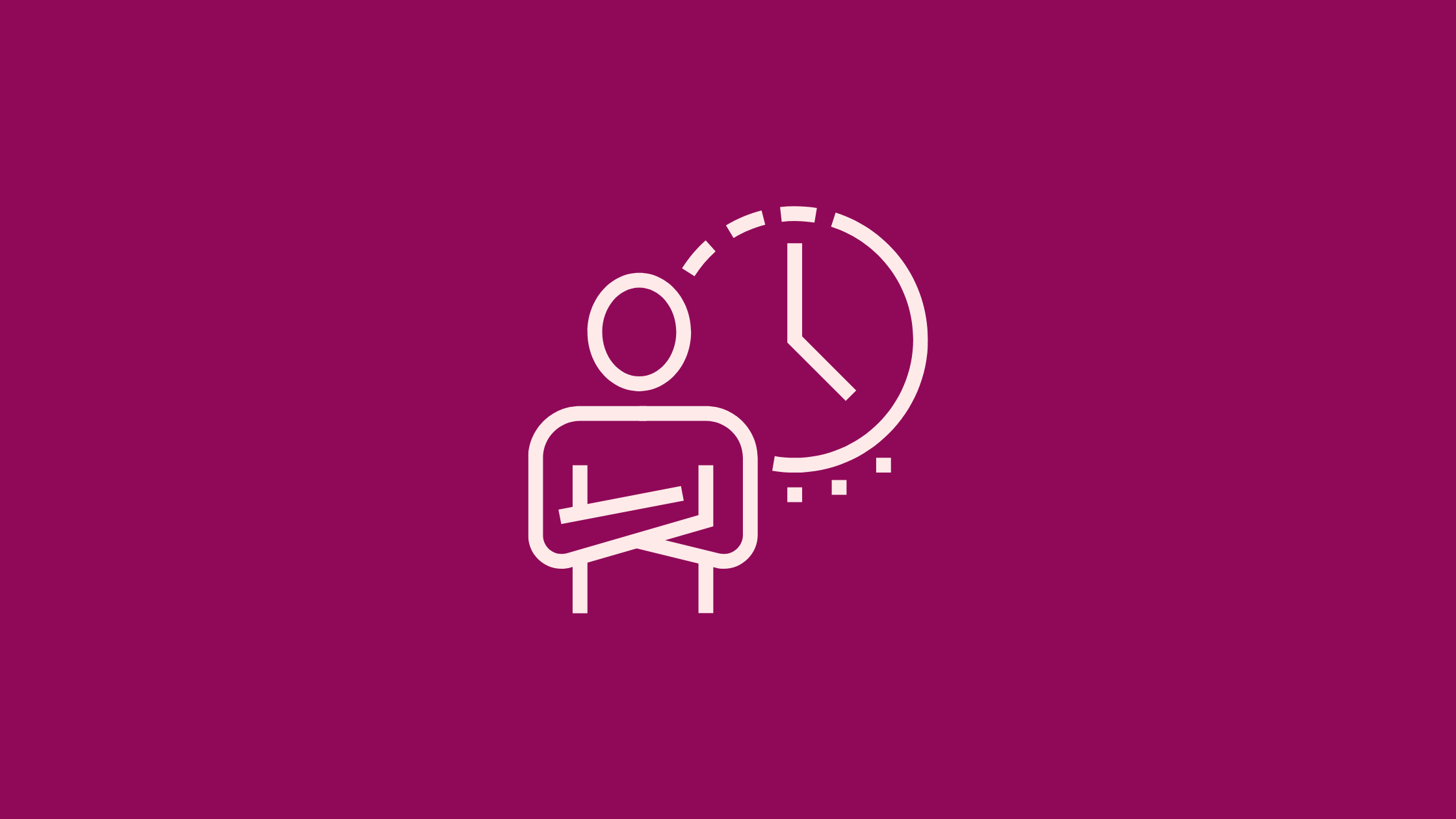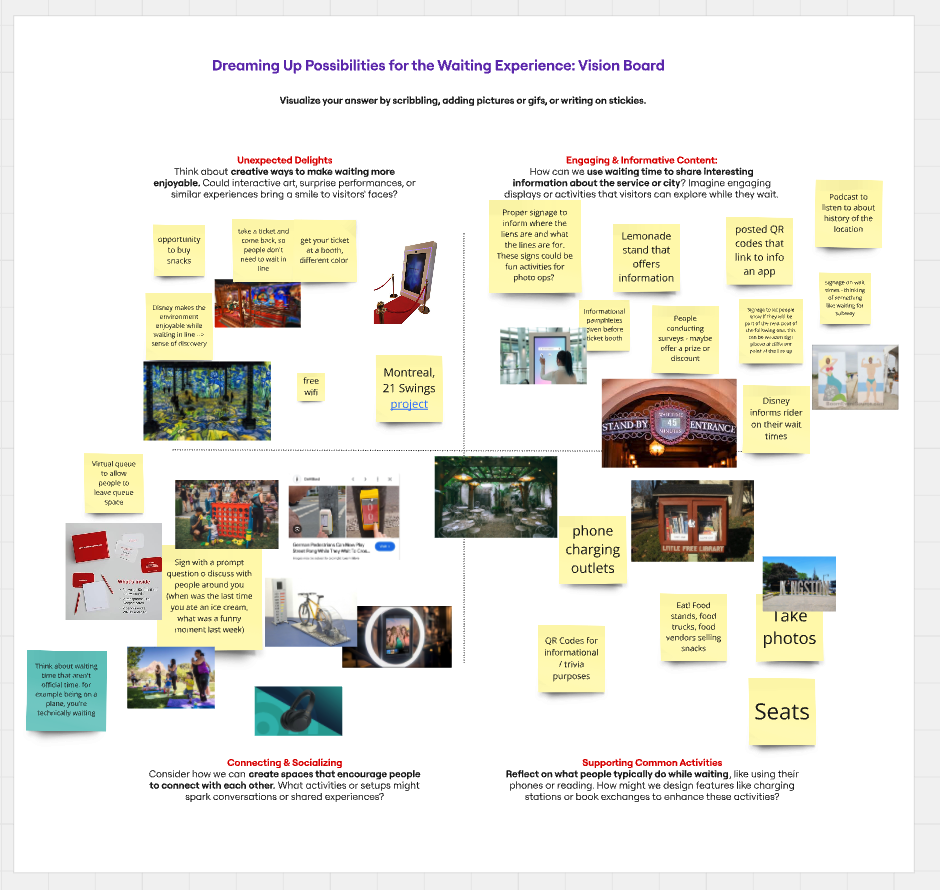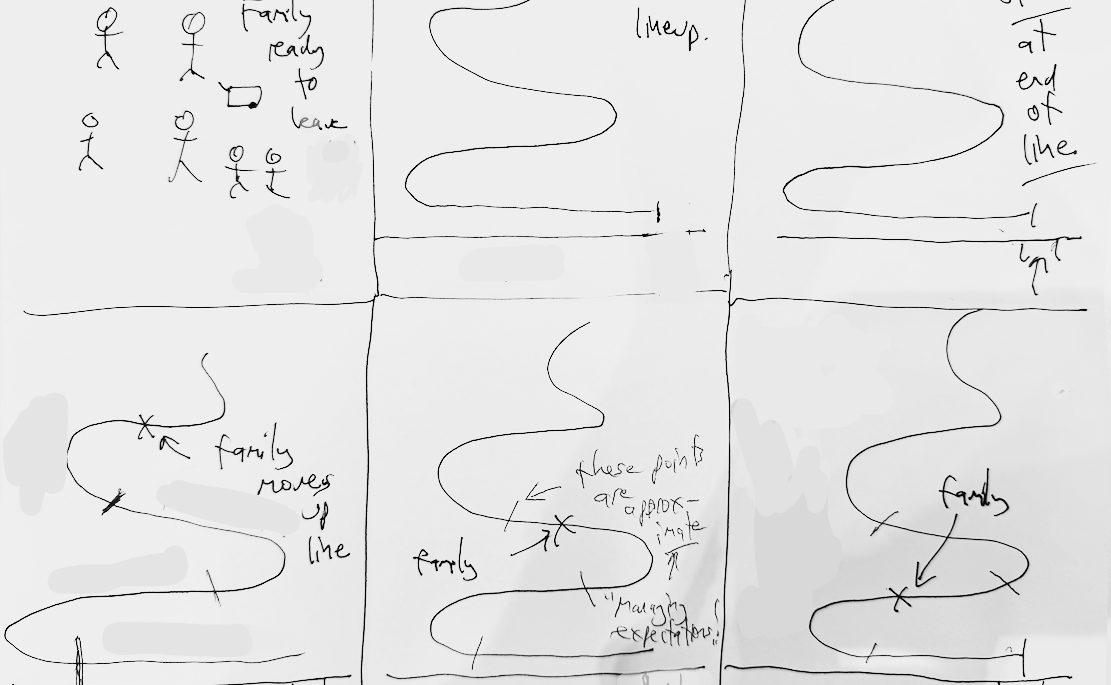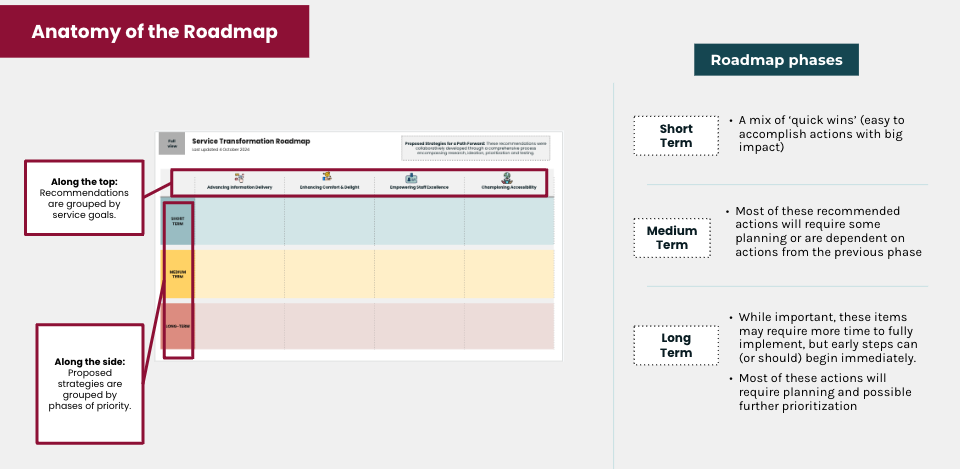
Webinar: How Does the Federal Budget Approach Digital Nation-Building?


Uneeba Mubashsher
March 14, 2025
Can you recall a time when you arrived at a destination you’d been eagerly anticipating — an amusement park, viral bakery, or airport— only to be met with a line that seemed to stretch endlessly ahead? You might have used words like frustrating, demoralizing, agonizing, aggravating, annoying, time-consuming to describe the waiting experience.
Last year, I was brought in as a Senior Service Designer for a public tourist destination that welcomes thousands of visitors a year, to modernize and identify ways to improve the visitor experience.
During my four months working on this project, one question that I kept coming back to was: If waiting is an inevitable part of flowing through a service, could it become a benefit instead of a challenge? What if waiting could be thoughtfully designed to enhance — even enrich — the overall experience?
To create a seamless customer experience, you need to investigate every touch point and interaction a user will have.
To do this, we created a service blueprint. Using hours of on-site observational research and visitor interviews, we realized touchpoints involving waiting repeatedly surfaced as a key pain point for many visitors.
Although my work focused on improving the service as a whole, the impact long wait times had on shaping visitors’ overall impressions of the service was impossible to ignore. As Lou Downe, author of Good Services, puts it, “Good services are only as strong as their weakest link … every breach of consistency is a breach in the trust of the service.”
When they couldn’t find answers to common questions or wayfinding information, it created bottlenecks and left visitors feeling uncertain and anxious. Visitors expect to know how long they’ll have to wait, where they need to go and if wait times change.
Visitors experienced discomfort when basic needs — like access to clean washrooms, garbage disposal, shade and seating — weren't met. Visitors noted that beyond these basic needs, there were missed opportunities to add moments of delight and entertainment — especially for families with young children.
Visitors often looked to staff for reassurance while waiting, but gaps in proactive support left them uncertain and less satisfied. When staff are empowered with the right tools and training, they can offer helpful guidance to anxious visitors. Well-equipped staff are better able to manage safety and crowd flow, especially during periods of overcrowding or when lines become disorderly.
When accessibility measures aren’t formalized, visitors with diverse needs — including families with strollers, wheelchair users, and others requiring accommodations — encounter unnecessary barriers that limit their comfort and access. Waiting areas and queuing touchpoints should have clear, formalized accessibility processes and structures in place to actively support visitors who need accommodations.
As we built our understanding of visitors’ pain points and needs, I wanted to ensure we didn’t jump straight into solution mode. Before discussing constraints and feasibility, I thought it would be helpful to engage in a divergent brainstorming activity — opening space to dream up bold, imaginative possibilities for what the waiting experience could be.
The following themes inspired this ideation session:
We captured ideas using a collaborative mood board in Miro, where the team gathered inspiration and brainstormed a wide variety of concepts. Ideas ranged from playful art installations and photo booths to inspiration from the Montreal 21 Swings Project and virtual queues at Disney Parks.

Following our brainstorming process, we shifted into a series of activities to converge and refine ideas. We brought several concepts to life through in-person prototyping, allowing us to explore how they might work in a real-world context.

One of my final project deliverables was a visitor-centered roadmap that translated main pain points into focus areas for service improvement. The roadmap was designed to help the team prioritize actions, dividing recommendations into near-term, low-effort changes and long-term, strategic goals.

Thoughtful service design isn’t just about big moments. Waiting and queuing touchpoints are often overlooked opportunities to enhance the experience. They can either add value or erode satisfaction with the overall service, especially for visitors with diverse needs.
By applying a human-centered lens, I saw how thoughtful interventions can turn waiting into a meaningful, even positive part of the journey.
Code for Canada’s team of digital professionals has worked with governments across the country, using human-centered design to unlock better service delivery. Interested in learning more? Get in touch today.
End of articles list